Successful production of the potato antimicrobial peptide Snakin-1 in baculovirus-infected insect cells and development of specific antibodies
- PMID: 29121909
- PMCID: PMC5679188
- DOI: 10.1186/s12896-017-0401-2
Successful production of the potato antimicrobial peptide Snakin-1 in baculovirus-infected insect cells and development of specific antibodies
Abstract
Background: Snakin-1 (StSN1) is a broad-spectrum antimicrobial cysteine-rich peptide isolated from Solanum tuberosum. Its biotechnological potential has been already recognized since it exhibits in vivo antifungal and antibacterial activity. Most attempts to produce StSN1, or homologous peptides, in a soluble native state using bacterial, yeast or synthetic expression systems have presented production bottlenecks such as insolubility, misfolding or low yields.
Results: In this work, we successfully expressed a recombinant StSN1 (rSN1) in Spodoptera frugiperda (Sf9) insect cells by optimizing several of the parameters for its expression in the baculovirus expression system. The recombinant peptide lacking its putative signal peptide was soluble and was present in the nuclear fraction of infected Sf9 cells. An optimized purification procedure allowed the production of rSN1 that was used for immunization of mice, which gave rise to polyclonal antibodies that detect the native protein in tissue extracts of both agroinfiltrated plants and stable transgenic lines. Our results demonstrated that this system circumvents all the difficulties associated with recombinant antimicrobial peptides expression in other heterologous systems.
Conclusions: The present study is the first report of a successful protocol to produce a soluble Snakin/GASA peptide in baculovirus-infected insect cells. Our work demonstrates that the nuclear localization of rSN1 in insect cells can be exploited for its large-scale production and subsequent generation of specific anti-rSN1 antibodies. We suggest the use of the baculovirus system for high-level expression of Snakin/GASA peptides, for biological assays, structural and functional analysis and antibody production, as an important step to both elucidate their accurate physiological role and to deepen the study of their biotechnological uses.
Keywords: Antimicrobial peptide; Baculovirus expression system; Cysteine-rich; GASA; Snakin-1; Spodoptera frugiperda Sf9 cells.
Conflict of interest statement
Ethics approval
The animal experiments were approved by our Institutional Experimentation Animal Committee (CICUAE-INTA). Animal handling and experimental procedures were strictly in accordance with the recommendations in the Guide for the Care and Use of Laboratory Animals of the National Institutes of Health. Isoflurane was used as anesthetic to collect total mice blood and then euthanize by cervical dislocation. Maximum efforts were made to minimize mice suffering.
Consent for publication
Not applicable.
Competing interests
The authors declare that they have no competing interests.
Publisher’s Note
Springer Nature remains neutral with regard to jurisdictional claims in published maps and institutional affiliations.
Figures
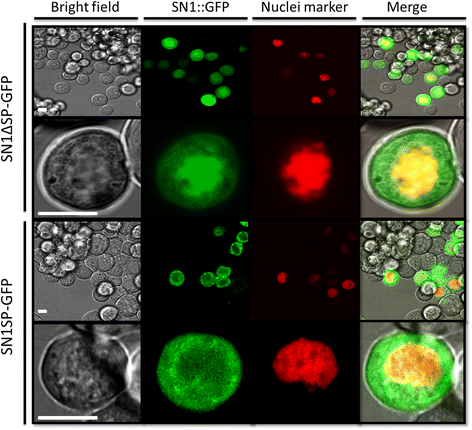
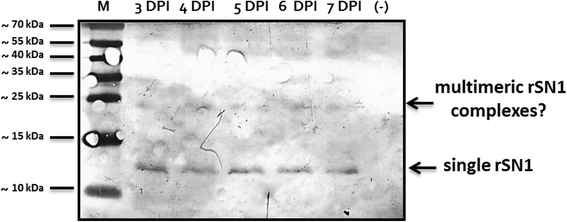
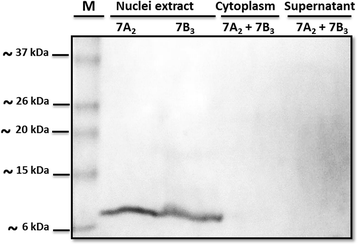
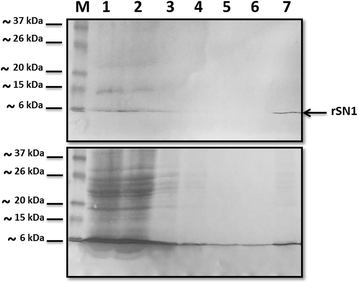
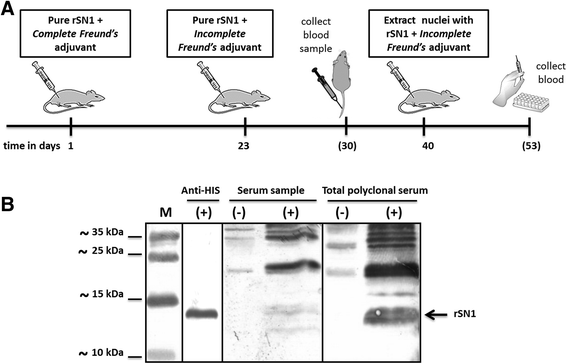
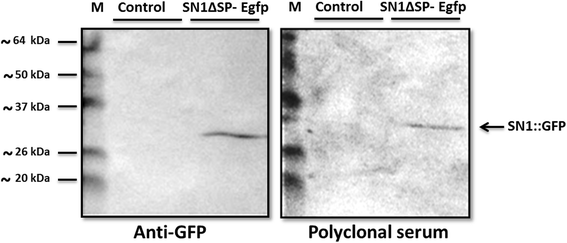
References
-
- Terra IA, Portugal CS, Becker-Ritt AB. The battle against microbial pathogens: basic science, technological advances and educational programs. 2015. Plant antimicrobial peptides; pp. 199–207.
MeSH terms
Substances
Grants and funding
LinkOut - more resources
Full Text Sources
Other Literature Sources

